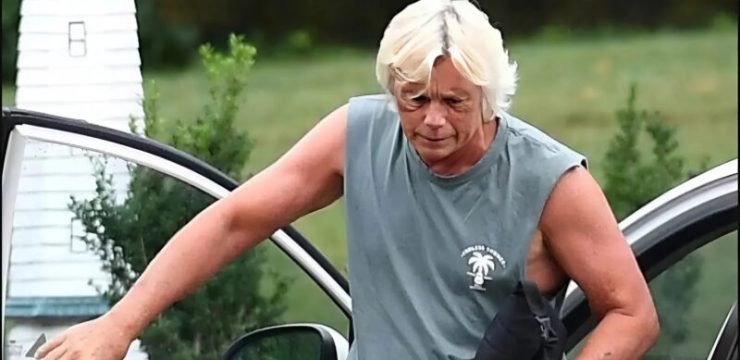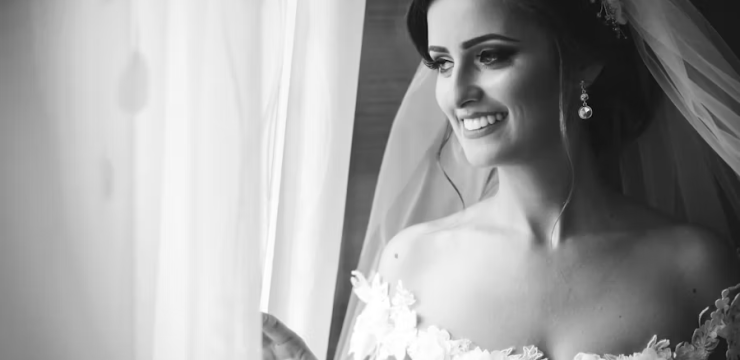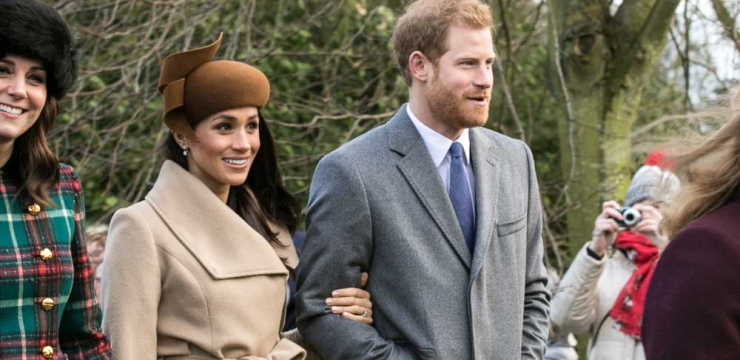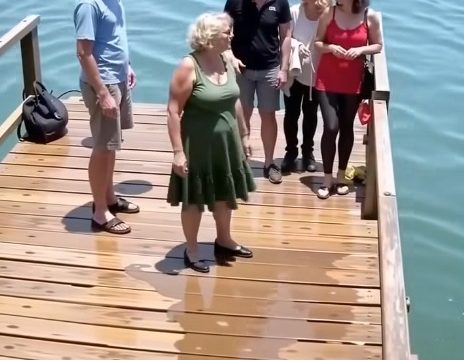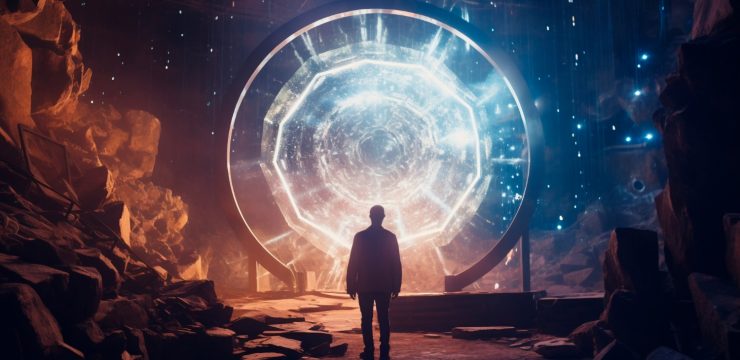It was one of those afternoons that felt almost poetic—quiet, golden, and filled with the soft hum of nature. The kind of day that made you forget the noise of the world and remember how peaceful life could be when you let yourself slow down. The mountain air was crisp, carrying the scent of pine and sun-warmed earth. As my horse trotted steadily along the winding trail, I felt completely at ease, far from the rush of daily life.
At a certain turn where the light fell just right, I decided to pause. The view stretched endlessly—rolling hills fading into the horizon, framed by a clear blue sky. I reached for my phone, adjusted my hat, and snapped a quick photo with my horse. It was a simple picture, just me and the animal that had become my weekend escape. I didn’t think much of it. It wasn’t about vanity or perfection—just a small moment of joy captured in time.
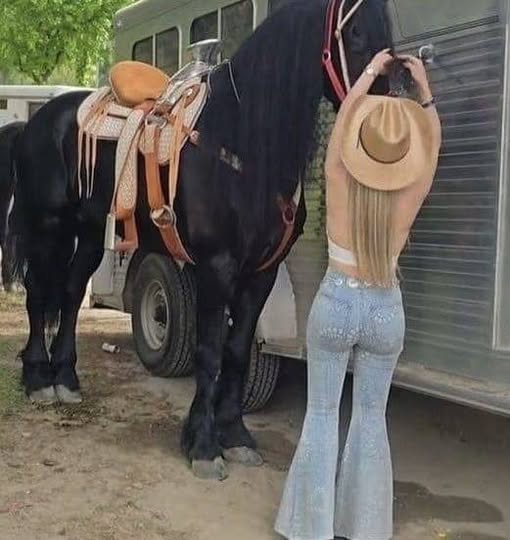
On a whim, I sent the photo to my husband. We often shared little updates like that—me from the trail, him from work or home. I expected a short reply, maybe a heart emoji or a comment about how happy I looked. Instead, hours later, his message came through, sharp and unexpected.
“What are the initials on the saddle?”
For a second, I didn’t understand. I zoomed in on the picture, scanning the saddle’s smooth leather surface. That’s when I saw it—barely visible, faintly engraved near the edge: two letters, “A.M.” My stomach dropped. Those weren’t just random initials. They belonged to my ex-boyfriend, someone I hadn’t spoken to in years.
At first, I brushed it off as coincidence. Saddles are often reused or sold second-hand. Ranches trade equipment all the time, and it wasn’t unusual to come across gear that once belonged to someone else. But when I tried explaining that to my husband, he didn’t seem convinced. His tone over the phone was calm but cold, the kind of controlled silence that tells you everything without saying a word.
To him, those two letters weren’t a coincidence—they were a message. A hidden mark from a past he believed I had fully left behind. The more I tried to reassure him, the less he believed me. He started asking questions that made me realize how deep his doubts went. Where did the saddle come from? Who owned it before? Why hadn’t I noticed the initials sooner?
Within days, the issue grew into something much bigger than either of us anticipated. My husband even went so far as to consult an expert in photo analysis, hoping to prove the picture wasn’t altered or misleading. He sent the image to friends, asking for their opinions. I remember feeling humiliated, as though my private life had suddenly become a case to be solved.
I tried to stay patient. I reminded him of our years together, the trust we had built, the countless times I had proven my loyalty. But logic has little power against emotion once suspicion takes root. Every word I said felt like fuel to his doubt. The more I defended myself, the guiltier I appeared in his eyes.
It wasn’t about the saddle anymore. It was about what those initials represented—an echo of the past that he couldn’t let go of. In his mind, they stood for secrets, for something hidden just beneath the surface. And though I had no connection to that old relationship anymore, the ghost of it lingered in a way that neither of us expected.
Over the next few weeks, our conversations became shorter, sharper, and colder. Small misunderstandings turned into arguments. Texts went unanswered. Nights grew longer, filled with silence instead of laughter. It felt as if a crack had opened in the foundation of our marriage—one too deep to repair.
I often replayed that day in my head, wondering how something so ordinary could turn into something so destructive. A simple photo, a pair of faint letters, a misunderstanding that spiraled into heartbreak. It was surreal to watch love slowly erode under the weight of suspicion.
Friends tried to help. They told us to talk it out, to remember why we chose each other in the first place. But trust, once broken, doesn’t heal easily. My husband couldn’t shake the image of those initials, and I couldn’t convince him they meant nothing. What started as a conversation about a photograph became an endless cycle of blame and defense.
Eventually, there came a point where neither of us recognized who we had become. The warmth between us was gone, replaced by quiet resentment. One evening, as we sat at opposite ends of the couch, it hit me that the silence between us had become louder than any argument ever could.
When he finally said, “I can’t do this anymore,” I didn’t argue. Part of me was too tired, too defeated to fight. I realized that even though I hadn’t done anything wrong, I had already lost something precious—the version of us that once believed in each other without question.
After he moved out, the house felt hollow. I’d catch myself scrolling through old photos, seeing two people who looked happy and whole. I kept thinking about the irony—how something as small as two letters could carry enough weight to end a marriage built on years of love.
But over time, I began to see it differently. Those initials, as painful as their story became, taught me something profound about human nature. We’re wired to seek meaning in everything, even in the smallest details. When love starts to fade or trust begins to crumble, the mind looks for proof of what the heart already fears.
It wasn’t really about the letters “A.M.” It was about insecurity, doubt, and how easily fear can distort what we see. My husband wasn’t cruel—he was just afraid of losing control, afraid of being hurt. And I wasn’t careless, just unaware of how fragile trust could be once cracks began to form.
In the end, that photo became more than a memory. It became a lesson. A reminder that relationships can be undone not by grand betrayals, but by the quiet erosion of faith in one another.
Now, when I look back at that picture, I no longer feel anger or sadness. I see a story—a bittersweet reminder that sometimes the smallest details tell the biggest stories. And that trust, once lost, is harder to rebuild than love itself.
